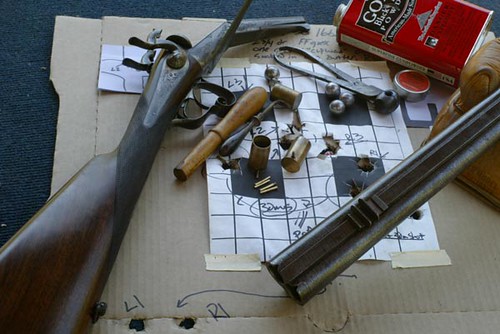| tinker |
| (.416 member) |
| 29/12/09 03:47 PM |

|
|
|
Too much or too little velocity can ditch the effectiveness of a given bullet.
My father had been student to the gun from his early boyhood on.
Years ago we'd been discussing the 'cupro-nickel' era.
One part of the talk had to do with penetration of FMJ solids.
He'd noted that there was a specific envelope of terminal velocity where the (6.5/160gr for instance) would be most effective, and at times the relatively low velocity numbers had me second guessing...
Years later in my own studies I'd found British munitions trials data that spoke directly to what my dad had been telling me years earlier (Dear ol Dad, rest in peace!) -- I could dig this up, or anyone here could do a Google Books Search for the data from any number of Victorian-era publications.
As it seems to me, the cartridges (back then specifically) were designed soup-to-nuts, with everything developed to maximize the performance to a set of 'command performance' criteria.
Want maximum penetration from a very compact cartridge that's easy on rifles and riflemen, but hell on whatever it's pointed at?
Want that penetration at a minimum of recoil?
Fine!
I have enjoyed many a long night up reading 19th century gun industry engineering texts.
Great stuff!
Cheers
Tinker